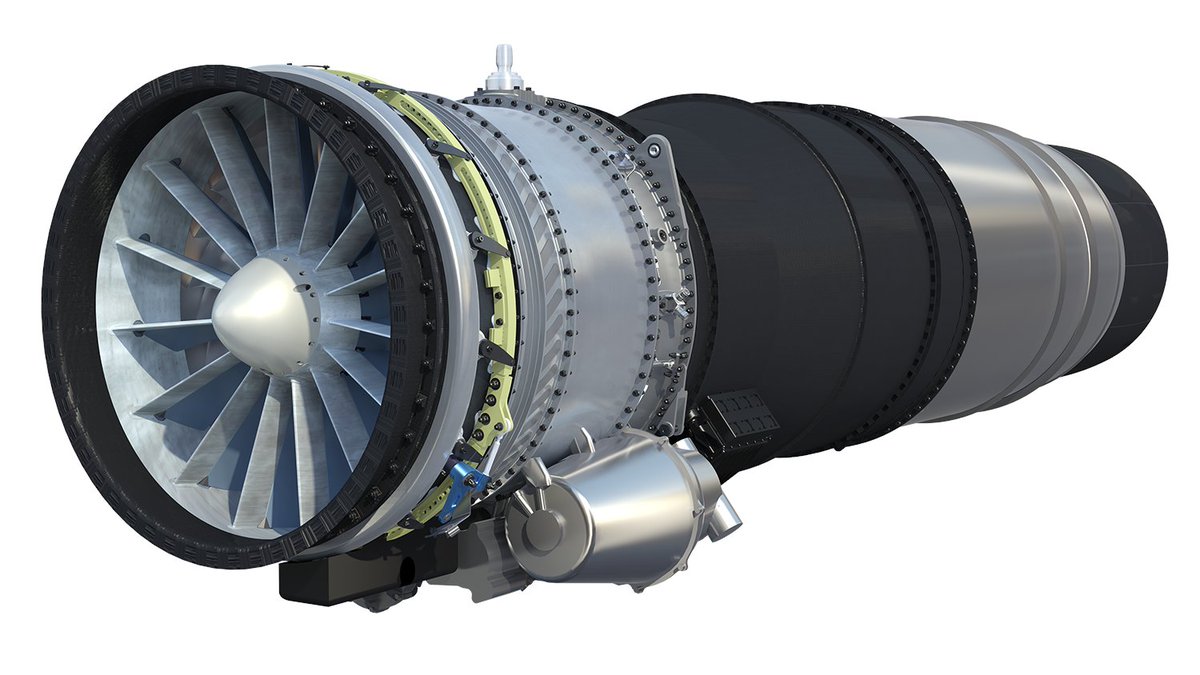SOURCE: IDRW.ORG TEAM

As India’s quest for a fifth-generation fighter jet gathers momentum, Rolls-Royce has thrown down a gauntlet with an audacious offer. The British engine giant has proposed co-developing a “Clean-Slate” new engine for India’s Advanced Medium Combat Aircraft (AMCA) program, promising complete intellectual property (IP) transfer and operationalization within a flat decade.
This offer comes at a pivotal moment, coinciding with Indian Defence Minister Rajnath Singh’s upcoming two-day visit to the UK, aimed at strengthening strategic and security ties. With India’s indigenous Kaveri engine project facing delays, Rolls-Royce’s proposal presents a potentially attractive alternative.
Here’s what sets Rolls-Royce’s offer apart:
- Clean-Slate Design: Unlike existing engines with incremental upgrades, Rolls-Royce proposes a completely new design tailored specifically for the AMCA’s unique requirements. This promises cutting-edge performance and efficiency, potentially outpacing existing fifth-generation fighter engines.
- Fast-Track Development: Rolls-Royce claims to deliver a fully operational engine within 10 years, a significantly shorter timeframe compared to the typical development cycle. This swiftness could expedite the AMCA program and potentially give India a crucial edge.
- Full IP Transfer: Perhaps the most significant aspect of the offer is the complete transfer of intellectual property rights to India. This empowers India to gain full autonomy over the engine’s design, production, and future upgrades, a critical step towards self-reliance in critical defense technology.
- Export Rights: Alongside IP transfer, Rolls-Royce also offers export rights for the engine. This allows India to potentially tap into the global market, generating revenue and further solidifying its position as a major defense technology player.
Challenges and Considerations:
While the offer is undeniably attractive, there are challenges to consider:
- Technical Feasibility: Developing a new engine from scratch in such a short timeframe presents a significant technological hurdle. India’s DRDO, responsible for the AMCA project, will need to carefully evaluate Rolls-Royce’s capabilities and track record in such ambitious endeavors.
- Cost and Resource Allocation: The cost of such a project will likely be substantial. India will need to assess its budgetary constraints and prioritize resource allocation effectively.
- Geopolitical Considerations: The deal could potentially face geopolitical hurdles, especially considering India’s complex relations with some of Rolls-Royce’s existing partners.
If India accepts Rolls-Royce’s offer, it could have far-reaching implications:
- Accelerated AMCA Program: A successful collaboration could significantly expedite the AMCA program, providing India with a much-needed counterweight to its regional adversaries’ advanced airpower.
- Boosting Self-Reliance: Access to cutting-edge engine technology and full IP transfer would be a major step towards achieving self-reliance in critical defense technology.
- Strengthening India-UK Ties: The project could serve as a cornerstone for deeper strategic and technological collaboration between India and the UK, furthering both nations’ defense interests.
NOTE : Article cannot be reproduced without written permission of idrw.org in any form even for YouTube Videos to avoid Copy right strikes. Websites doing illegal reproductions will get DCMA and Legal Notices.